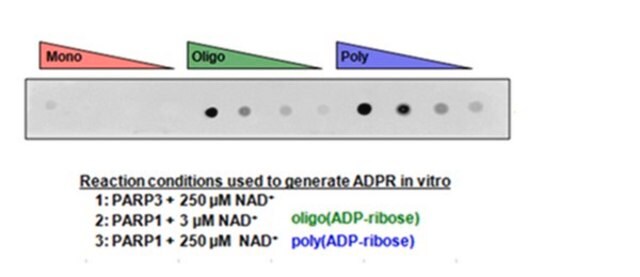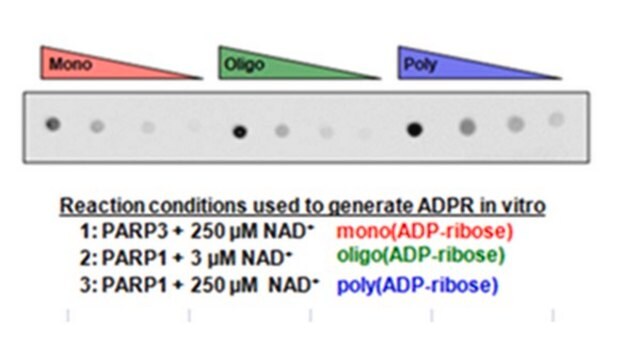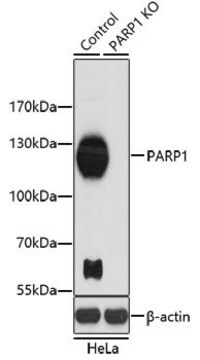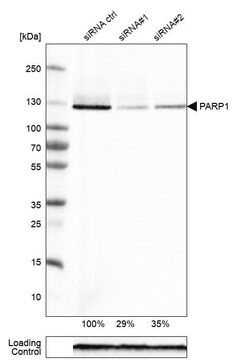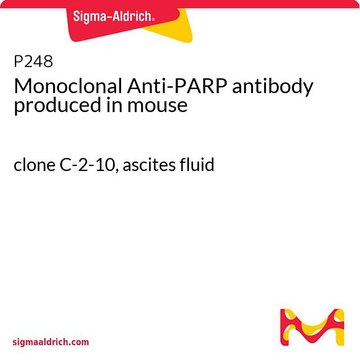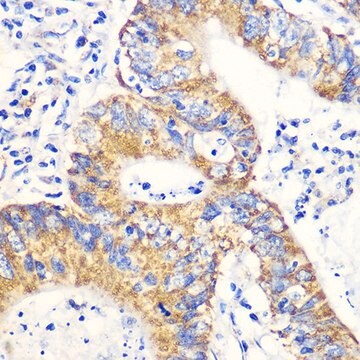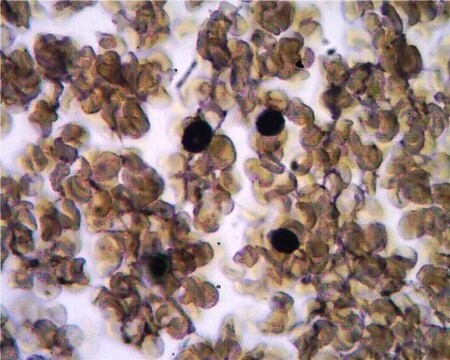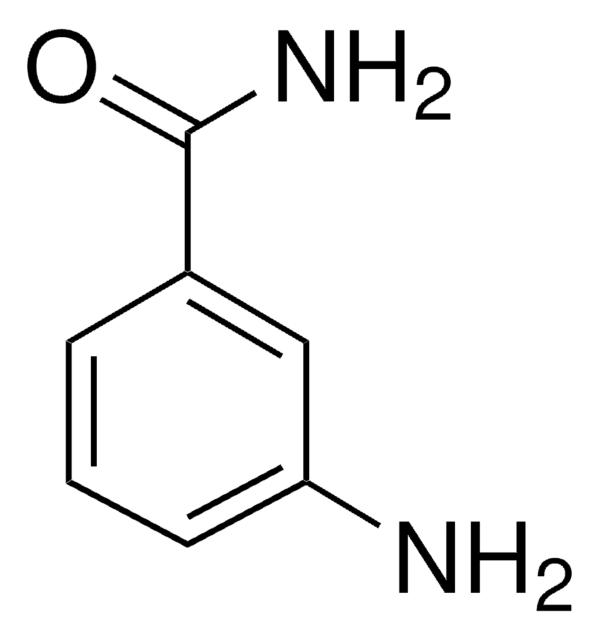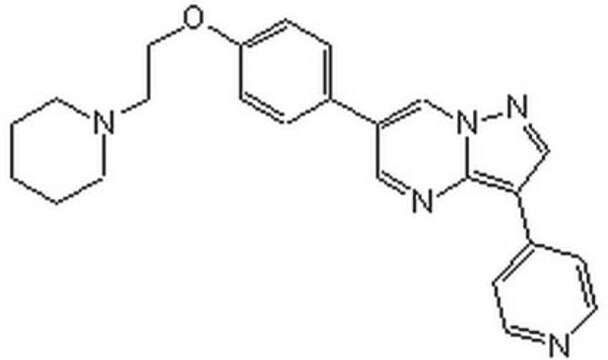MABC547
Anti-Poly ADP-ribose Antibody, clone 10H
clone 10H, from mouse
Sinónimos:
Anti-PAR antibody
About This Item
Productos recomendados
biological source
mouse
Quality Level
antibody form
purified immunoglobulin
antibody product type
primary antibodies
clone
10H, monoclonal
species reactivity
human
technique(s)
immunofluorescence: suitable
immunoprecipitation (IP): suitable
western blot: suitable
isotype
IgG3κ
shipped in
wet ice
target post-translational modification
unmodified
Gene Information
human ... PARP1(142)
General description
Immunogen
Application
Immunofluorescence Analysis: A representative lot was used by an an independent laboratory to detect Poly (ADP-ribose) synthesis on transfected CV-1 cells via indirect immunofluorescence (J.H. Kupper, et al. J. Biol. Chem. (1990) 265:18721).
Apoptosis & Cancer
Apoptosis - Additional
Quality
Western Blotting Analysis: 1.0 µg/mL of this antibody detected UV treated HeLa cells. Little or no signal observed in untreated HeLa cells.
Target description
Linkage
Physical form
Storage and Stability
Other Notes
Disclaimer
¿No encuentra el producto adecuado?
Pruebe nuestro Herramienta de selección de productos.
Storage Class
12 - Non Combustible Liquids
wgk_germany
WGK 1
flash_point_f
Not applicable
flash_point_c
Not applicable
Certificados de análisis (COA)
Busque Certificados de análisis (COA) introduciendo el número de lote del producto. Los números de lote se encuentran en la etiqueta del producto después de las palabras «Lot» o «Batch»
¿Ya tiene este producto?
Encuentre la documentación para los productos que ha comprado recientemente en la Biblioteca de documentos.
Los clientes también vieron
Nuestro equipo de científicos tiene experiencia en todas las áreas de investigación: Ciencias de la vida, Ciencia de los materiales, Síntesis química, Cromatografía, Analítica y muchas otras.
Póngase en contacto con el Servicio técnico
